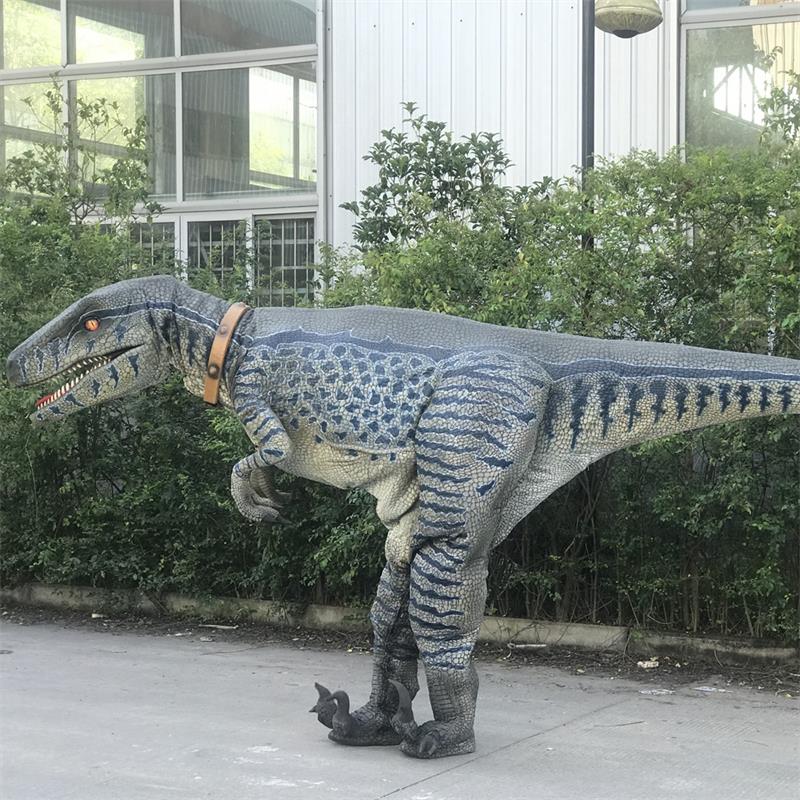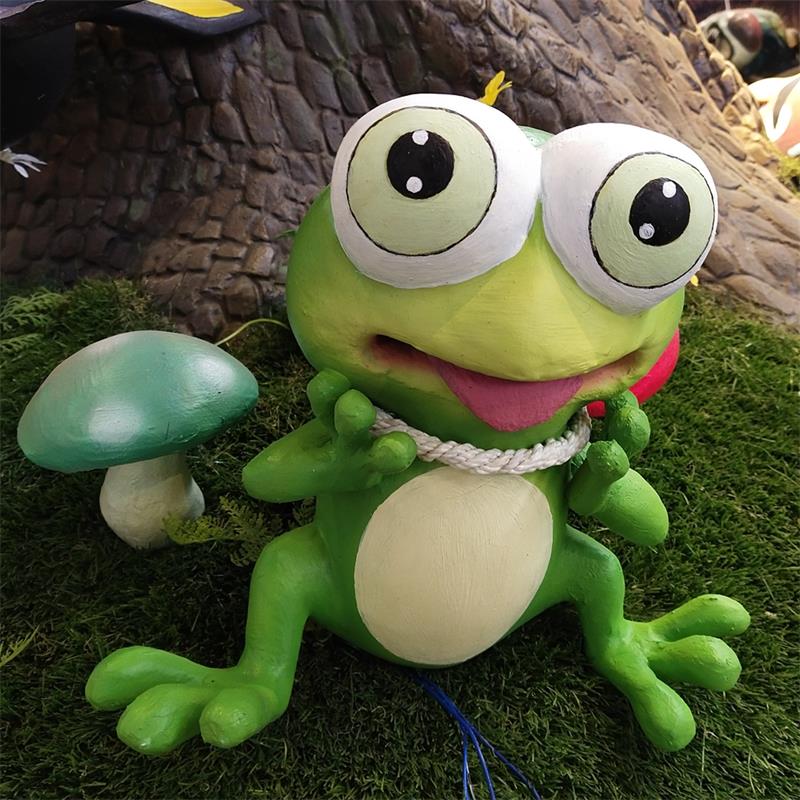professional factory for Medium Sized Animatronic Animal - Animatronic Animal Products (AA-21-25) – Blue Lizard
professional factory for Medium Sized Animatronic Animal - Animatronic Animal Products (AA-21-25) – Blue Lizard Detail:
PRODUCT DESCRIPTION
Sound: Corresponding animal sound or custom other sounds.
Movements: 1. Mouth open and close sychronized with sound. 2. Eyes blink. 3. Neck forward and back. 4. Forelimbs move. 5. Stomach breathing.6. Tail sway. 7. More movements can be customized.(The movements can be customized according to the animal types, size and customers’ requirement.)
Control Mode: Infrared Self-acting Or Manual operation
Certificate: CE, SGS
Usage: Attraction and promotion. (amusement park, theme park, museum, playground, city plaza, shopping mall and other indoor/outdoor venues.)
Power: 110/220V, AC, 200-2000W.
Plug: Euro plug, British Standard/SAA/C-UL. (depends on standard of your country).
WORKFLOWS

1. Control box: Independently developed fourth-generation control box.
2. Mechanical Frame: Stainless steel and brushless motors have been used to make animals for many years. Each animal’s mechanical frame will be continuously and operationally tested for a minimum of 24 hours before the modelling process begins.
3. Modelling: High density foam ensures the model looks and feels of the highest quality.
4. Carving: Professional carving masters have more than 10 years of experience. They create the perfect animal body proportions absolutely based on animal skeletons and scientific data. Show your visitors what the Triassic, Jurassic and Cretaceous periods really looked like!
5. Painting: Painting master can paint animals according to customer’s requirement. Please provide any design
6. Final Testing: Each animal will also be continuous operated testing one day before shipping.
7. Packing: Bubble bags protect animals from damaging. PP film fix the bubble bags. Each animal will be packed carefully and focus on protecting eyes and mouth.
8. Shipping: Chongqing, Shenzhen, Shanghai, Qingdao, Guangzhou,etc. We accept land, air, sea transport and international multimodal transport.
9. On-site Installation: We will send engineers to customer’s place to install animals.
PRODUCT OVERVIEW
Impala(AA-21) Overview: The impala is a medium-sized antelope found in eastern and southern Africa. The impala reaches 70–92 cm (28–36 in) at the shoulder and weighs 40–76 kg (88–168 lb). It features a glossy, reddish brown coat. The male’s slender, lyre-shaped horns are 45–92 cm (18–36 in) long.Active mainly during the day, the impala may be gregarious or territorial depending upon the climate and geography. Three distinct social groups can be observed: the territorial males, bachelor herds and female herds. The impala is found in woodlands and sometimes on the interface (ecotone) between woodlands and savannahs; it inhabits places near water.
Dik-dik(AA-22) Overview: A dik-dik is the name for any of four species of small antelope in the genus Madoqua that live in the bushlands of eastern and southern Africa. Dik-diks stand about 30–40 centimetres (12–15.5 in) at the shoulder, are 50–70 cm (19.5–27.5 in) long, weigh 3–6 kilograms (6.6–13.2 lb) and can live for up to 10 years. Dik-diks are named for the alarm calls of the females. In addition to the females’ alarm call, both the male and female make a shrill, whistling sound. These calls may alert other animals to predators.Dik-diks live in shrublands and savannas of eastern Africa.
Hartebeest(AA-23) Overview: The hartebeest, also known as kongoni, is an African antelope. Gregarious animals, hartebeest form herds of 20 to 300 individuals. They are very alert and non-aggressive. They are primarily grazers, with their diets consisting mainly of grasses.Inhabiting dry savannas and wooded grasslands, hartebeest often move to more arid places after rainfall. The hartebeest was formerly widespread in Africa, but populations have undergone drastic decline due to habitat destruction, hunting, human settlement, and competition with livestock for food.
Cattle(AA-24) Overview: Cattle are large, domesticated, cloven-hooved, herbivores. They are a prominent modern member of the subfamily Bovinae and the most widespread species of the genus Bos. Cattle are commonly raised as livestock for meat (beef or veal, see beef cattle), for milk (see dairy cattle), and for hides, which are used to make leather. They are used as riding animals and draft animals (oxen or bullocks, which pull carts, plows and other implements). Another product of cattle is their dung, which can be used to create manure or fuel.
Cat (AA-25) Overview: The cat is a domestic species of a small carnivorous mammal. It is the only domesticated species in the family Felidae and is often referred to as the domestic cat to distinguish it from the wild members of the family. A cat can either be a house cat, a farm cat or a feral cat. The cat is similar in anatomy to the other felid species: it has a strong flexible body, quick reflexes, sharp teeth and retractable claws adapted to killing small prey. Its night vision and sense of smell are well developed.
Product detail pictures:
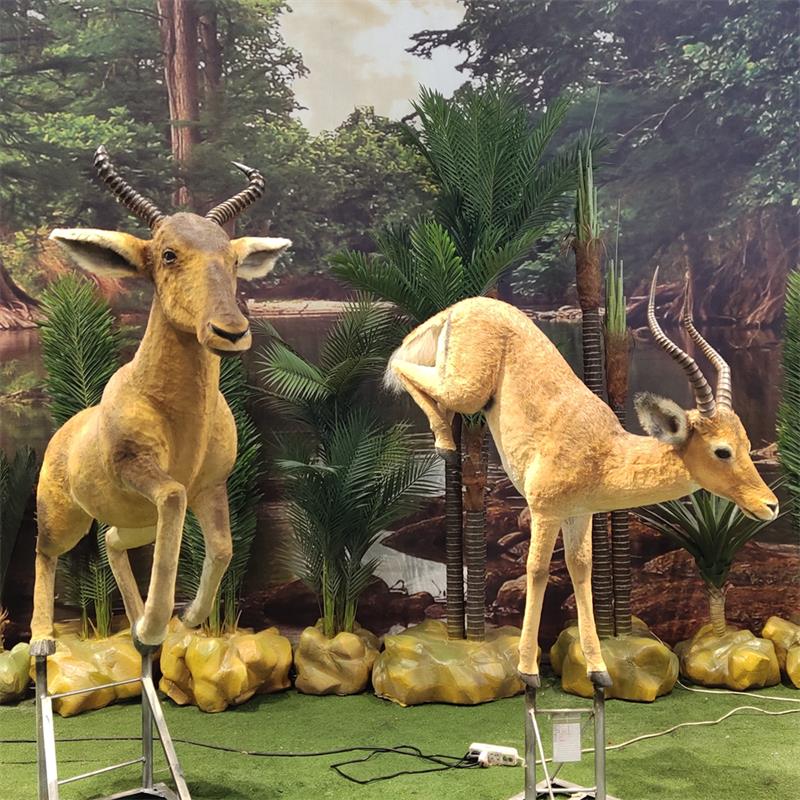
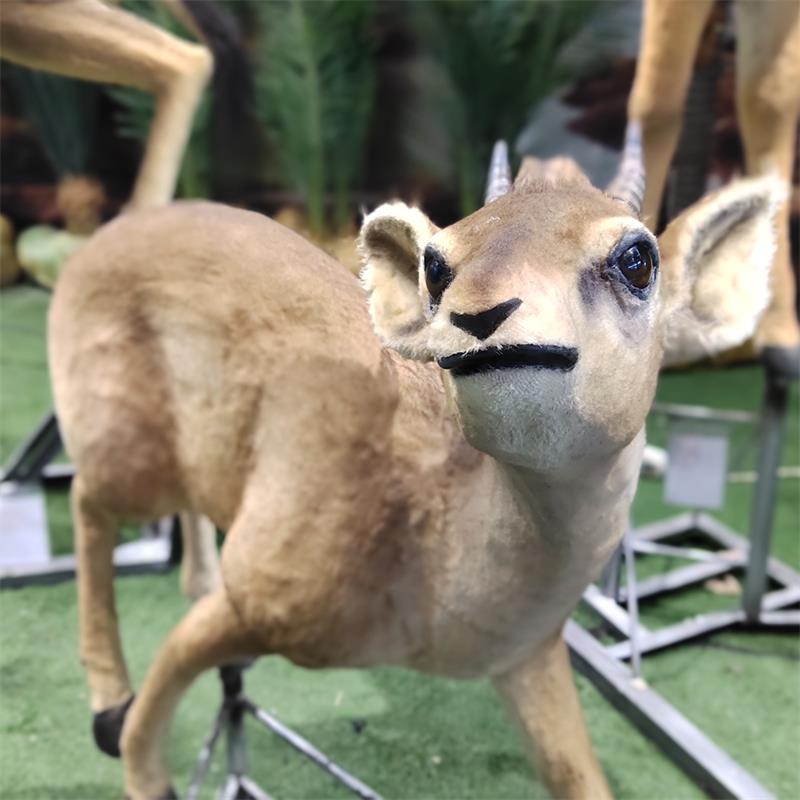
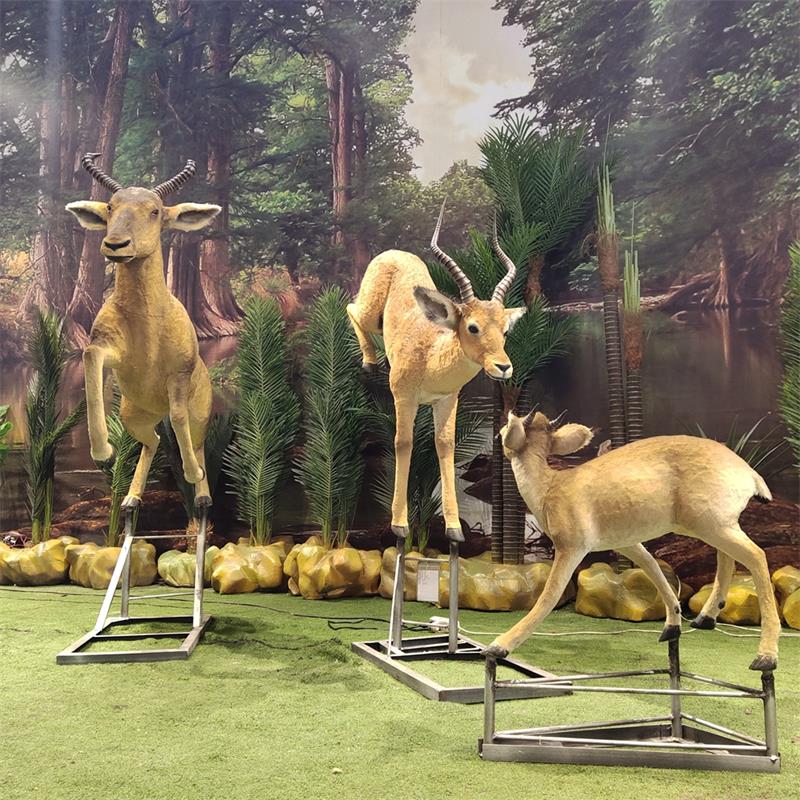
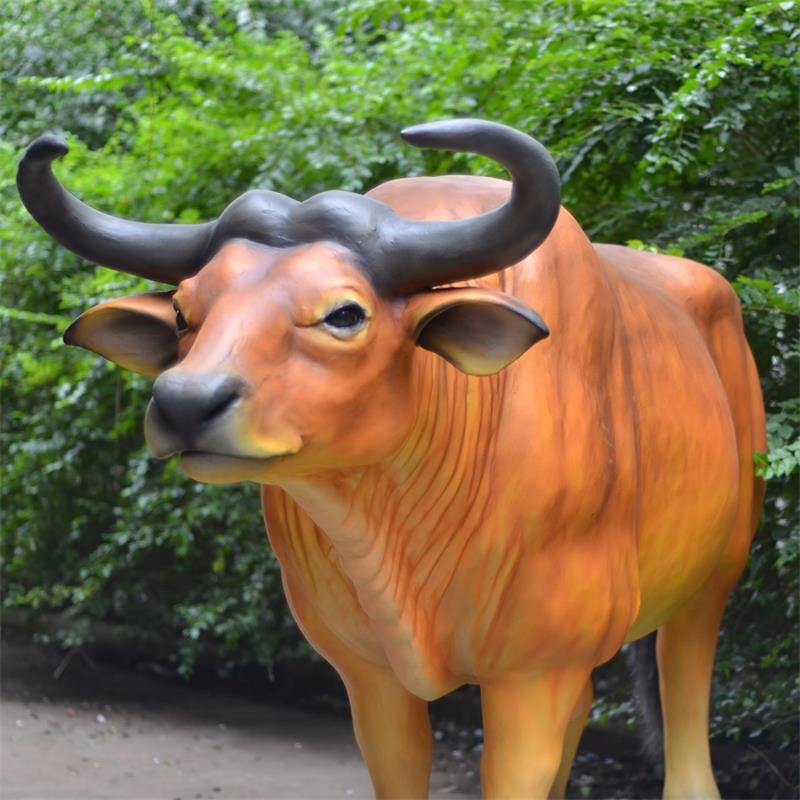
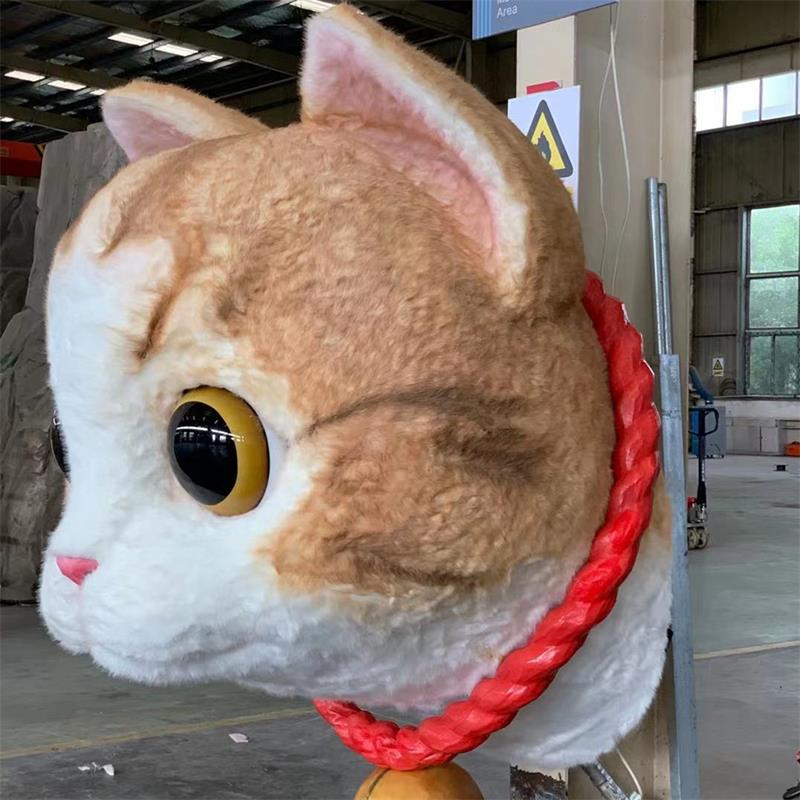
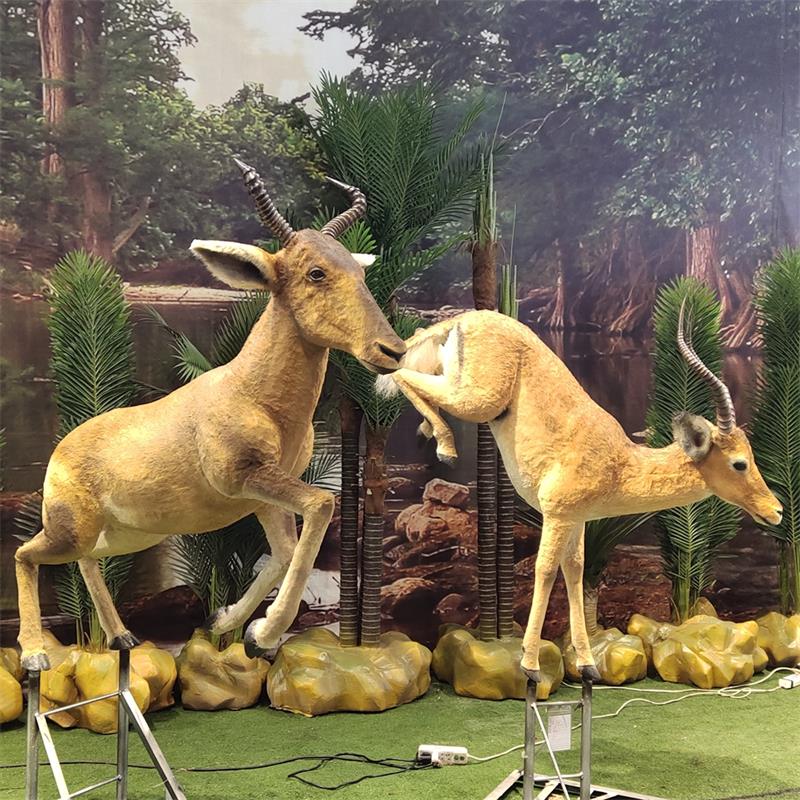
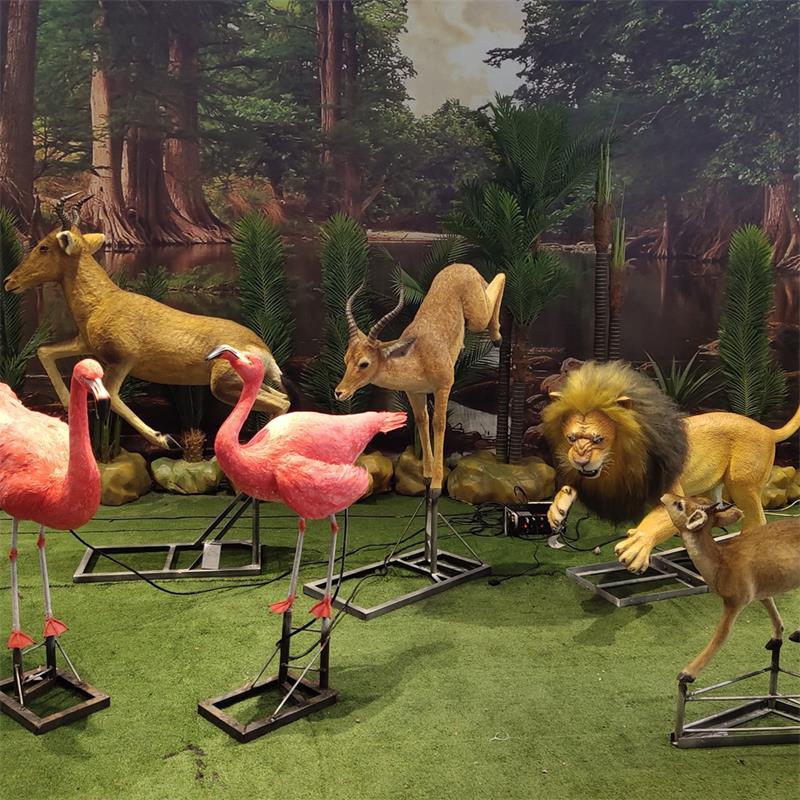
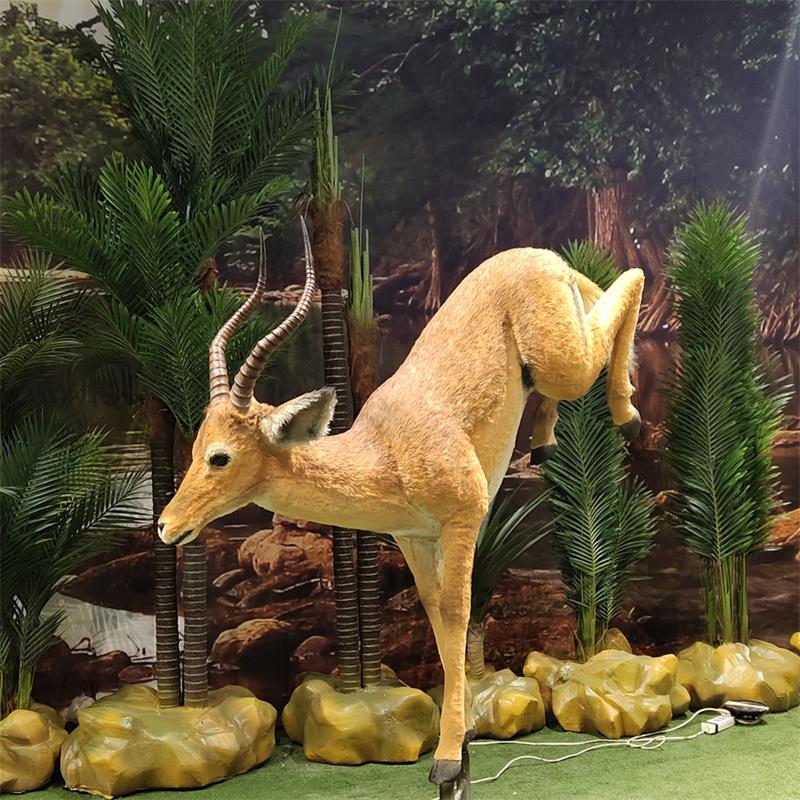

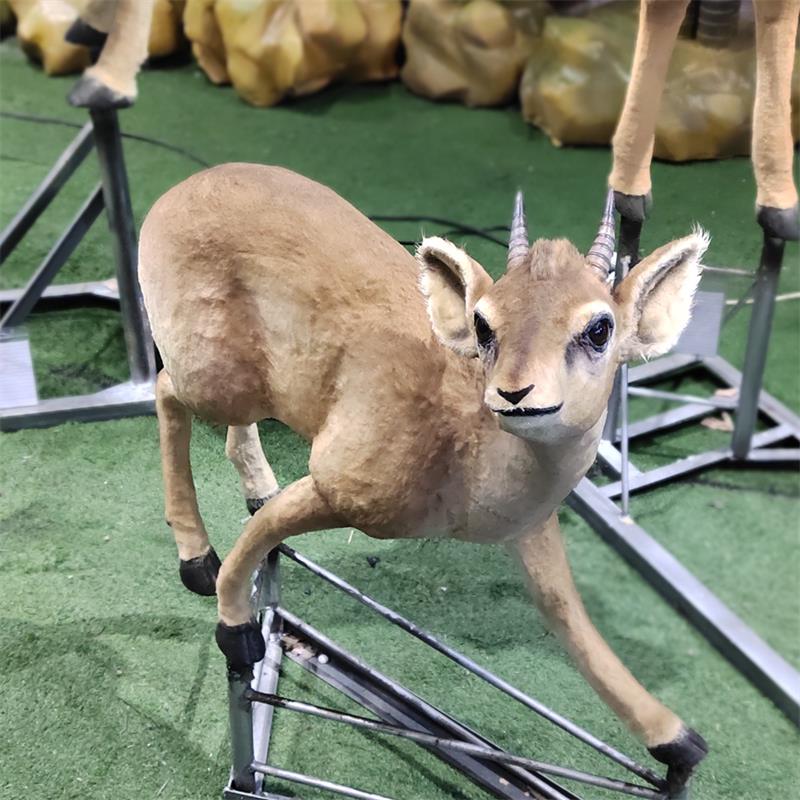
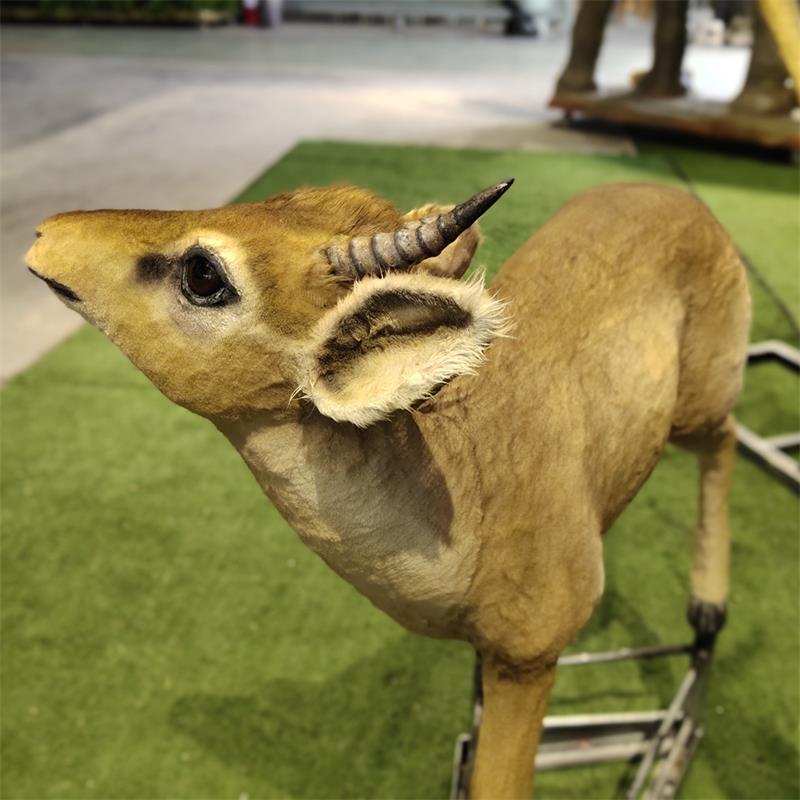

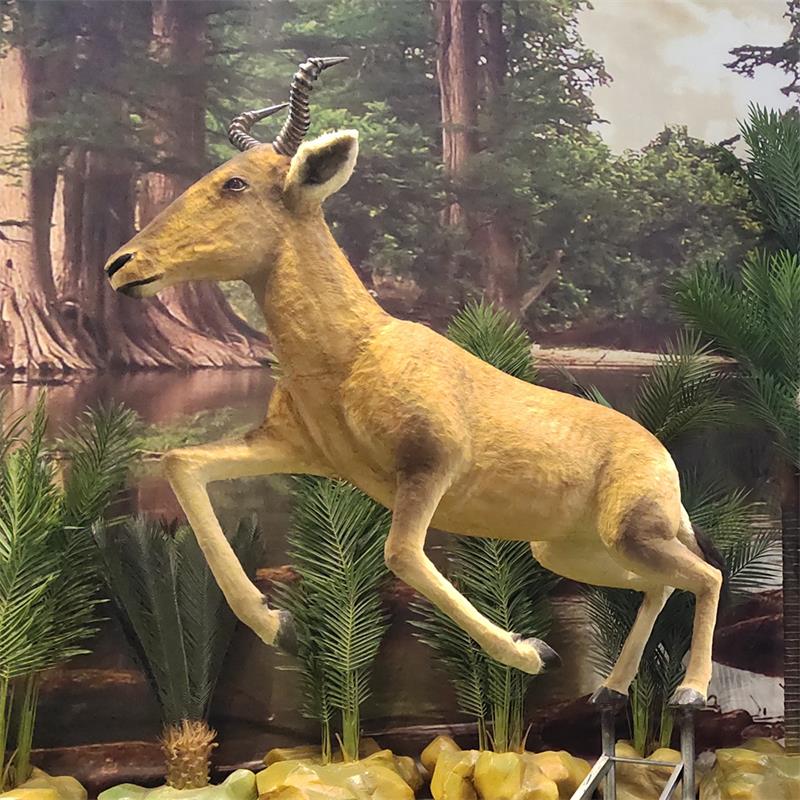
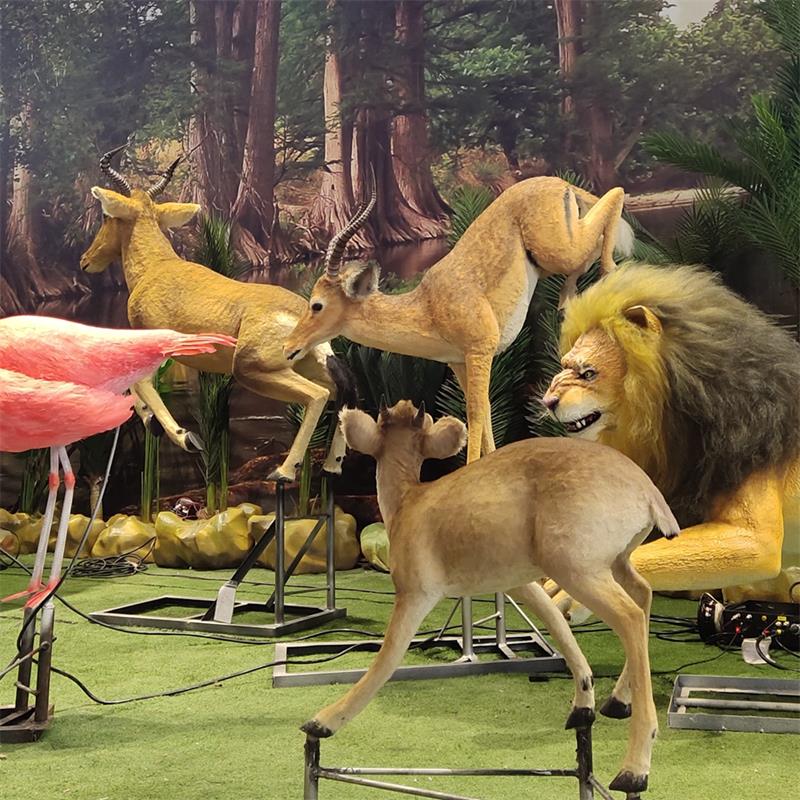
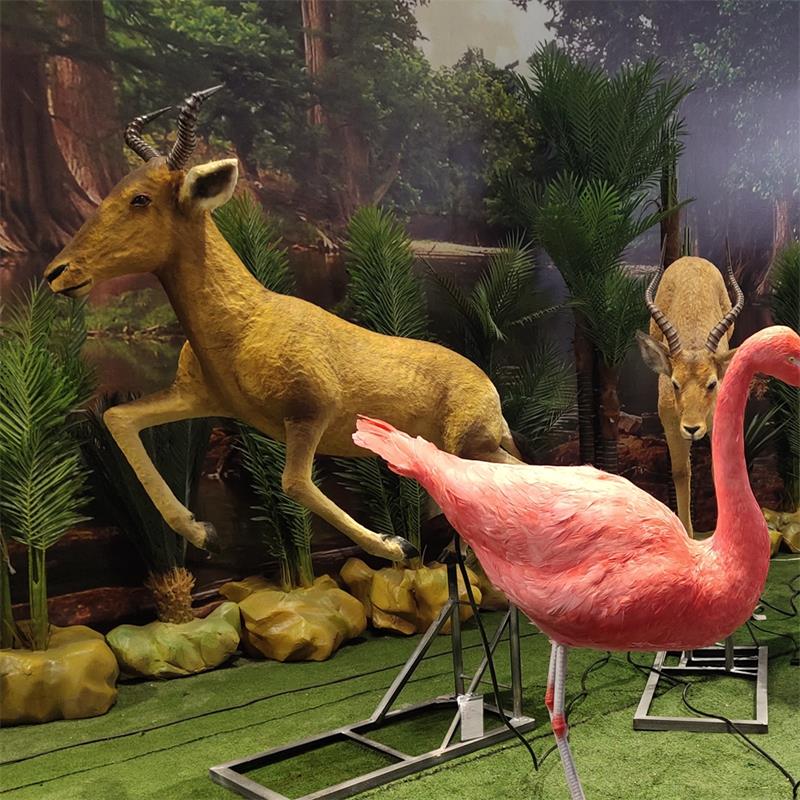





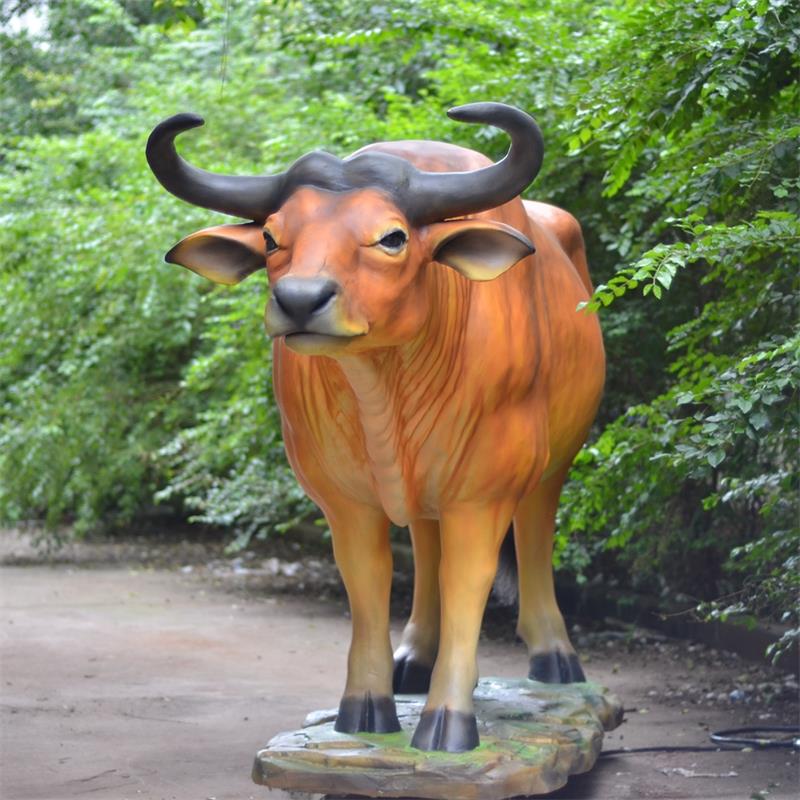
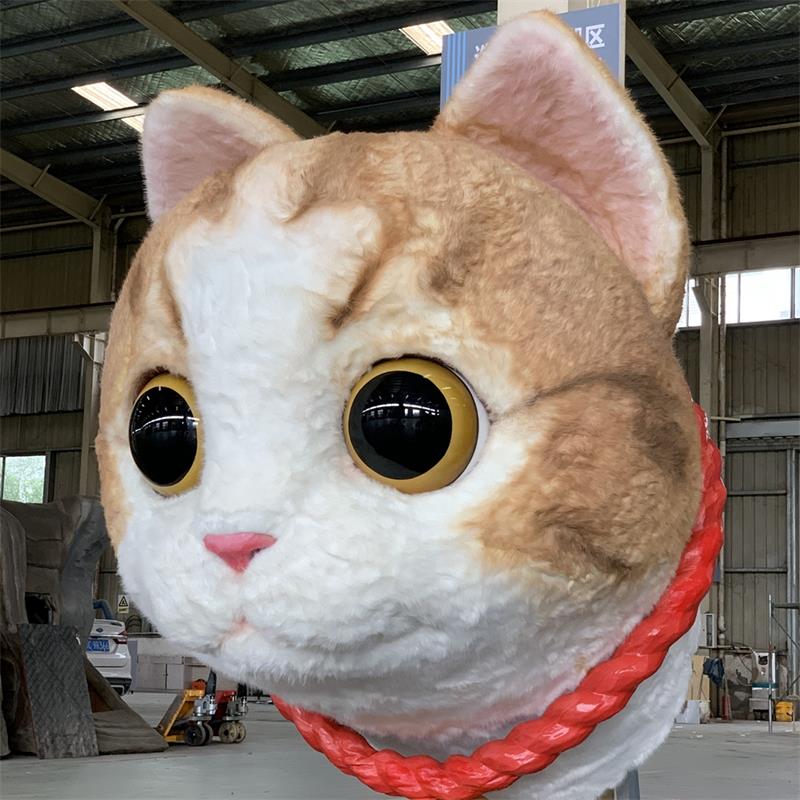
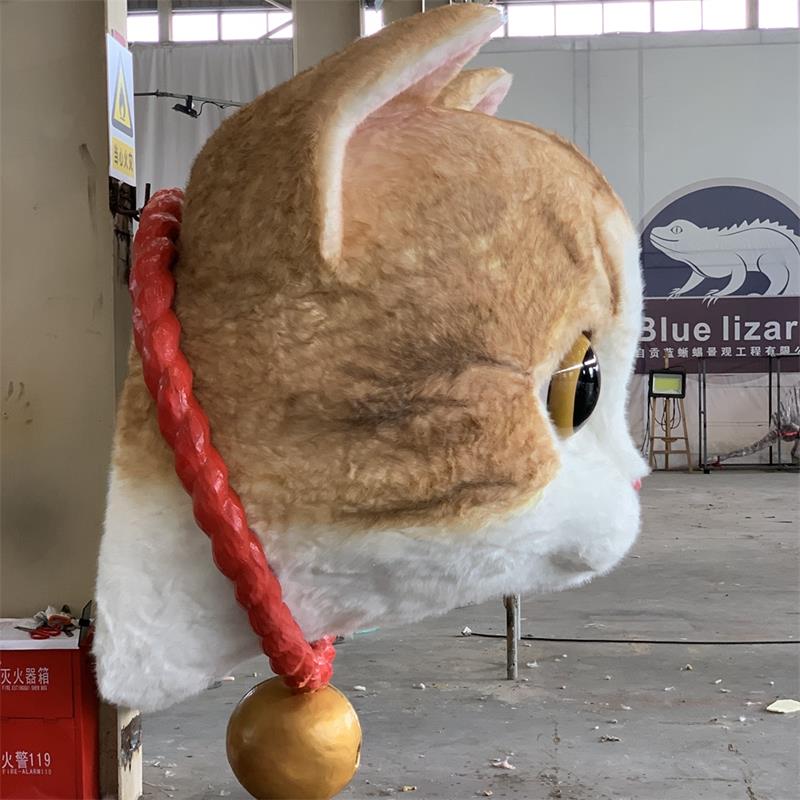
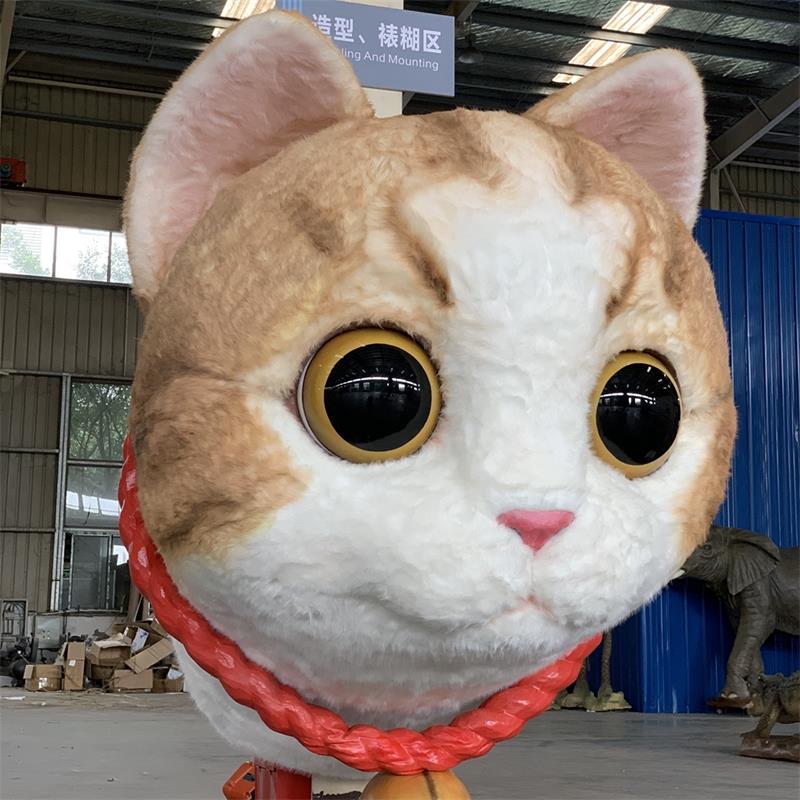
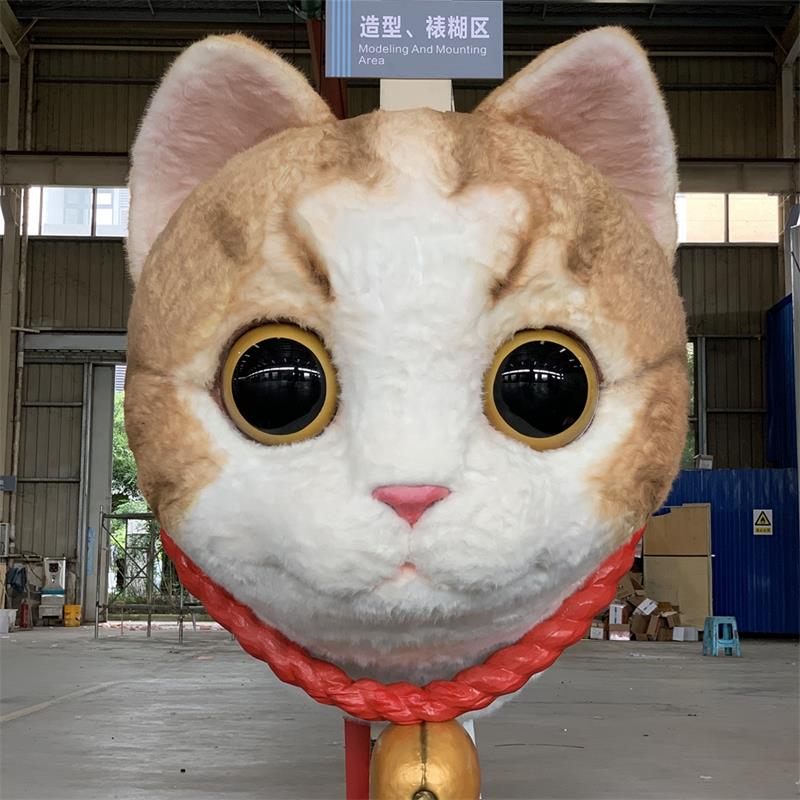

Related Product Guide:
We will make just about every exertion for being excellent and perfect, and speed up our actions for standing during the rank of worldwide top-grade and high-tech enterprises for professional factory for Medium Sized Animatronic Animal - Animatronic Animal Products (AA-21-25) – Blue Lizard , The product will supply to all over the world, such as: Grenada, Brazil, Puerto Rico, With the enterprising spirit of" high efficiency, convenience, practicality and innovation", and in line with such serving guidance of "good quality but better price, " and "global credit", we are striving to cooperate with the automobile parts companies all over the world to make a win-win partnership.
On this website, product categories is clear and rich, I can find the product I want very quickly and easily, this is really very good!
